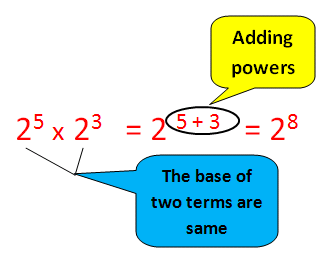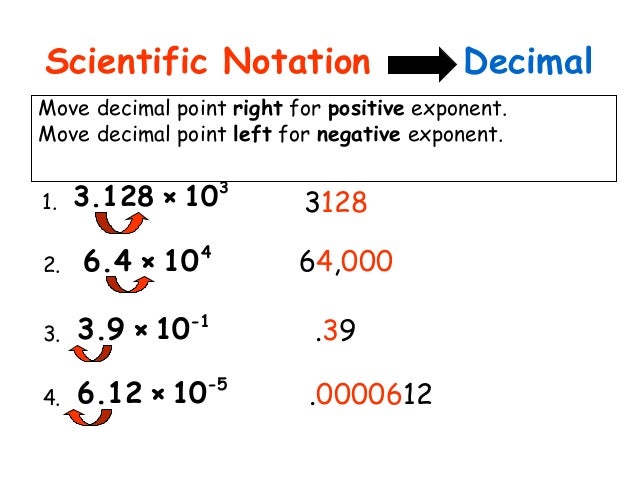Topics for Today:
One of the things that is most annoying about Algebra I is the focus on the processes and procedures for solving equations, inequalities, and problems. Most of the time we are focused on process rather than application, but this foundational toolset is critical to solving problems requiring higher thinking and reasoning.
Today we used our knowledge of solving systems of equations to solve some real-world problems. Typically students lack confidence when solving story problems, although it is these very problems where we get to use all the skills we have been building. As I continually reinforce to our students, mastering Algebra requires repetition and practice, like any other skill we hope to master. The only way to become competent and confident solving story problems is to do them -- LOTS of them.
The main thing to remember when solving the linear systems we have been working on is that if we have two variables, we will need two equations to solve. The same would be true for three variables (a topic for Algebra II where you need three equations).
For these story problems, first, we must identify and define our variables. Second, we will analyze the given information and write our equations based upon the given information. Once we have our equations, we can determine the best method to solve the system. Finally, we must look at the question that was asked and make sure that our solution answers the question, that we have the correct units, and that our answer makes sense.
Many of these story problems follow a pattern, and identifying the pattern makes the problem easier. For this topic, we normally have several patterns to choose from: mixtures, distance-rate-time (these can come in many forms, and can deal with things like water and wind currents that speed up or slow down the traveler), and break-even.
Sections Covered in Textbook:
7-4: Applications of Linear Systems (pages 362-368)
Resources & Tutorials:
1)
How do you solve a word problem using two equations?
2)
Simple word problem resulting in two equations (not a video)






